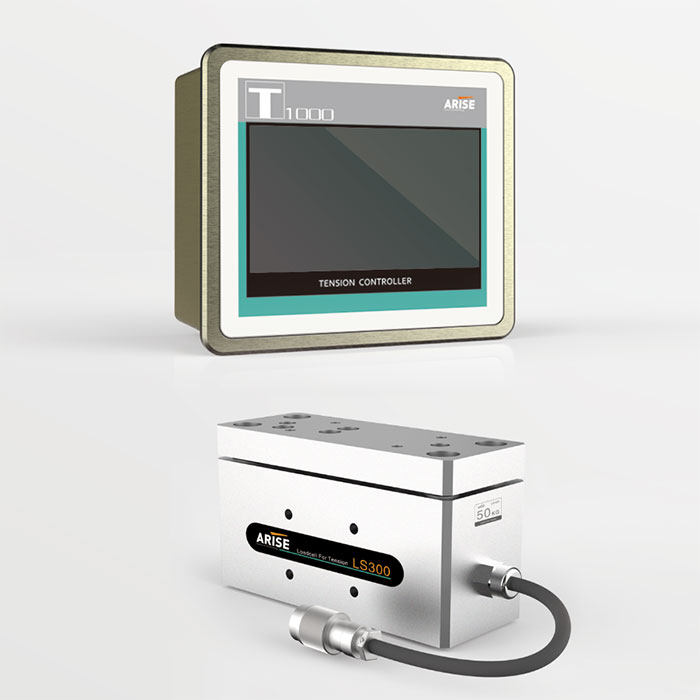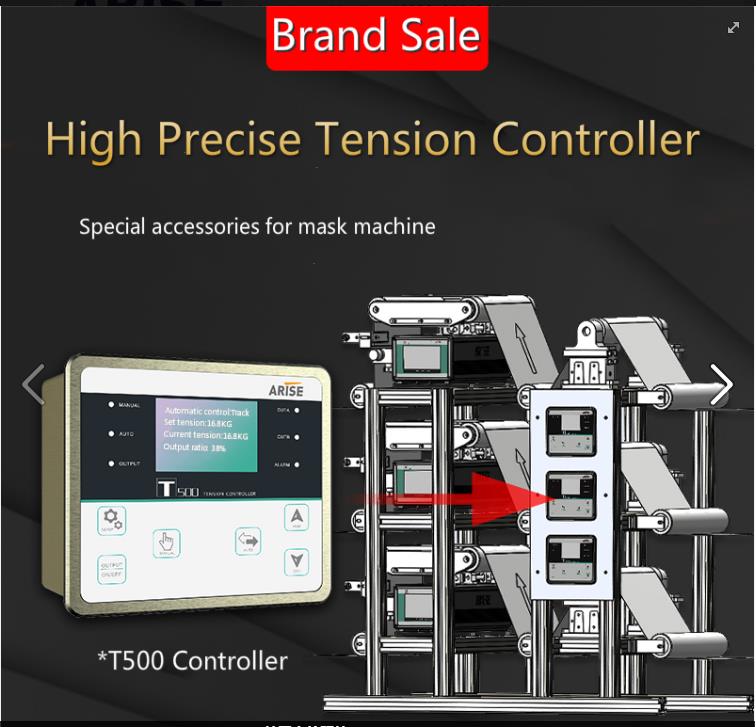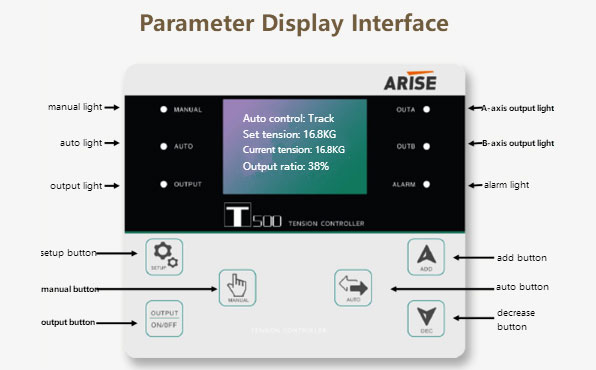Advanced Tension Control Algorithms: Effectively Maintaining Consistent Tension in Various Web Processing Applications
Advanced tension control algorithms are revolutionizing the way industries maintain optimal tension, resulting in enhanced quality, reduced waste, and improved operational efficiency in the dynamic world of web processing, where precision and consistency for tension control are paramount, from printing and packaging to textiles and nonwovens. In this post, we will look at advanced tension control algorithms, their applications, benefits, and the transformative impact they have on various industries.

Defining Advanced Tension Control Algorithms
Advanced tension control algorithms are computer methods for regulating and maintaining constant tension levels in web processing processes. These algorithms use real-time data, mathematical models, and feedback loops to dynamically modify tension, guaranteeing that the material’s speed and tension remain synchronized across a wide range of web processing circumstances.

Key Components and Principles of Advanced Tension Control Algorithms
Sensor Data Integration
Advanced tension control algorithms are based on sensor inputs strategically positioned throughout the web production line. These sensors assess characteristics including tension, speed, diameter, and temperature in real time, providing data for algorithmic analysis.
Mathematical Models
Based on sensor data, these systems use complex mathematical models to forecast tension changes. To create accurate predictions, the models take into account the material’s qualities, processing variables, and historical data.
Feedback Loops
Advanced tension control algorithms are built around continuous feedback loops. The algorithms make real-time modifications to the tensioning systems by comparing expected tension levels with actual measurements, ensuring that the required tension is maintained.
Adaptive Control
Advanced algorithms, as opposed to traditional control approaches, react to changing conditions in real time. They react swiftly to disturbances, compensating for factors such as speed fluctuations, material properties, and sudden start-stops.

Applications in Diverse Industries of Advanced Tension Control Algorithms
Flexible Packaging
Advanced tension control algorithms are used in the flexible packaging sector to maintain accurate tension levels across films, laminates, and foils during printing, laminating, and slitting. These algorithms eliminate flaws, reduce material waste, and improve overall packaging quality.
Printing and Coating
Advanced tension control algorithms provide precise image registration and coating application in the field of high-speed printing and coating. These algorithms correct for changes in speed, temperature, and substrate qualities, resulting in flawless end products.
Textiles and Nonwovens
In textile weaving, knitting, and nonwoven production, advanced tension management is essential. These algorithms assure uniform fabric creation, reduce distortions, and optimize raw material utilization, all of which contribute to improved product quality and resource efficiency.
Converting Machinery
Advanced tension control algorithms benefit converting machines such as rewinders, sheeters, and slitters. These algorithms keep the stable tension control for slitting machine while tolerating changes in roll diameter, speed, and material qualities, minimizing faults and decreasing downtime.
Automated Web Guiding Systems
Advanced tension control algorithms work in tandem with automatic web guiding systems to ensure that both alignment and tension management are maximized at the same time. This combination yields a comprehensive approach to web processing.

Advantages of Advanced Tension Control Algorithms
Precision
Even in complicated processing contexts, advanced algorithms provide exceptional precision, reacting to real-time changes and maintaining consistent tension levels.
Quality Enhancement
These algorithms decrease flaws, wrinkles, and other irregularities by eliminating tension variations, resulting in higher-quality products.
Material Efficiency
Optimized tension control reduces material wastage, contributing to sustainability efforts and cost savings.
Operational Efficiency
These algorithms’ automation and predictive capabilities eliminate manual involvement, improving overall process efficiency and lowering downtime.
Flexibility
Because advanced algorithms are flexible to a wide range of processing conditions and materials, they are appropriate for a wide range of industries and applications.
Reduced Maintenance
Consistent tension levels result in less wear and tear on machines and components, improving equipment lifespan.
The Future of Advanced Tension Control Algorithms
As technology advances, enhanced tension control algorithms will become ever more sophisticated.
- Integration with Industry 4.0
As industries embrace the era of Industry 4.0, the integration of advanced tension control algorithms with artificial intelligence (AI) and machine learning is poised to unleash previously unimaginable powers. These algorithms will become increasingly adept at learning from historical data, responding to complex processing settings, and accurately predicting tension variations.
- Artificial Intelligence and Machine Learning
The convergence of advanced tension control algorithms with artificial intelligence (AI) and machine learning is set to unleash unprecedented capabilities. These algorithms will become more adept at learning from historical data, adapting to complex processing conditions, and predicting tension variations with remarkable accuracy.
- Predictive Maintenance
Advanced algorithms will bring in a new era of predictive maintenance. They will spot possible issues before they cause equipment breakdowns by continuously monitoring sensor data and evaluating patterns. This proactive strategy will reduce downtime, boost equipment lifespan, and improve operational efficiency.
- Real-time Optimization
Advanced algorithms, with their ability to process massive volumes of data in real-time, will dynamically optimize tension. They will react to changing situations, adjusting tension levels as variables such as speed, temperature, and material qualities change, maintaining consistent quality.
- Human-Machine Collaboration
The future of web tension controller is found in the collaboration of human skill and smart algorithms. Operators will collaborate with algorithms to fine-tune settings, evaluate data insights, and make sound judgments, resulting in higher product quality and operational efficiency.
Conclusion
Advanced tension control algorithms are reshaping the web processing landscape across industries reinventing product manufacturing and improving quality, efficiency, and sustainability. Their significance in establishing precision and consistency in web processing applications will surely affect the future of numerous sectors as technology advances.

